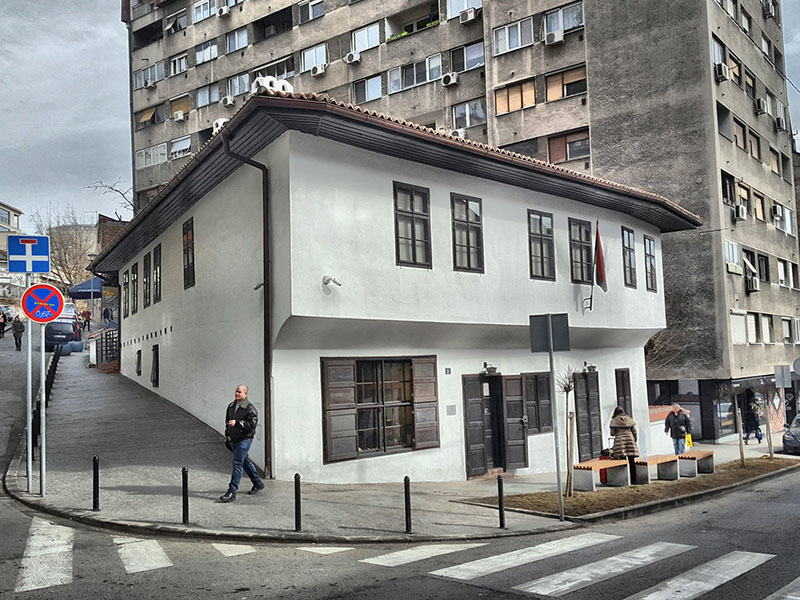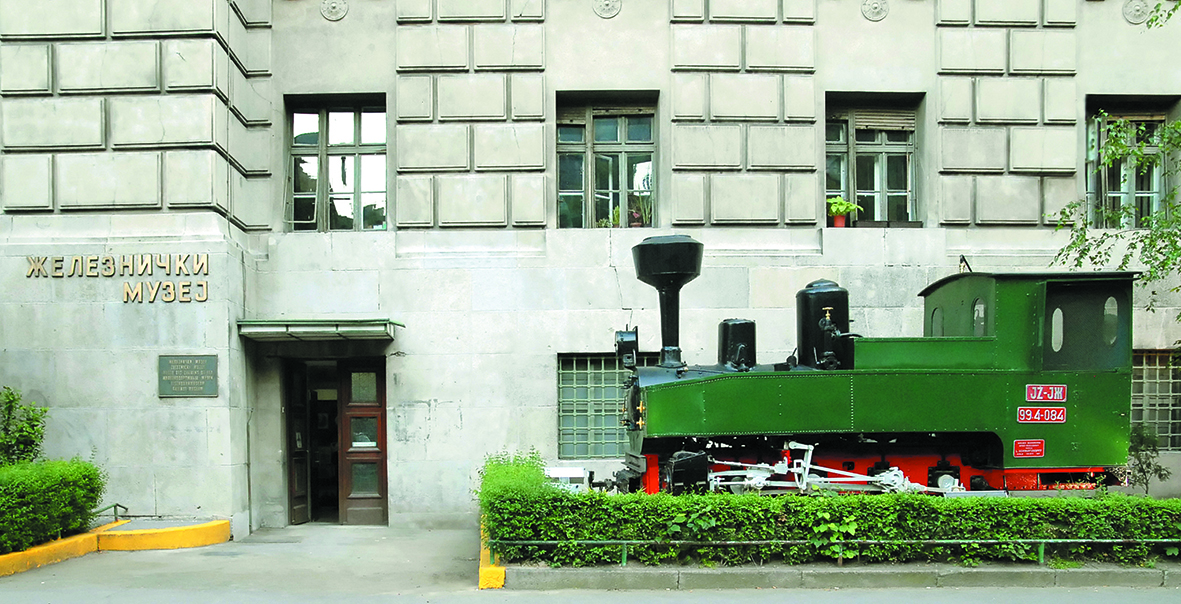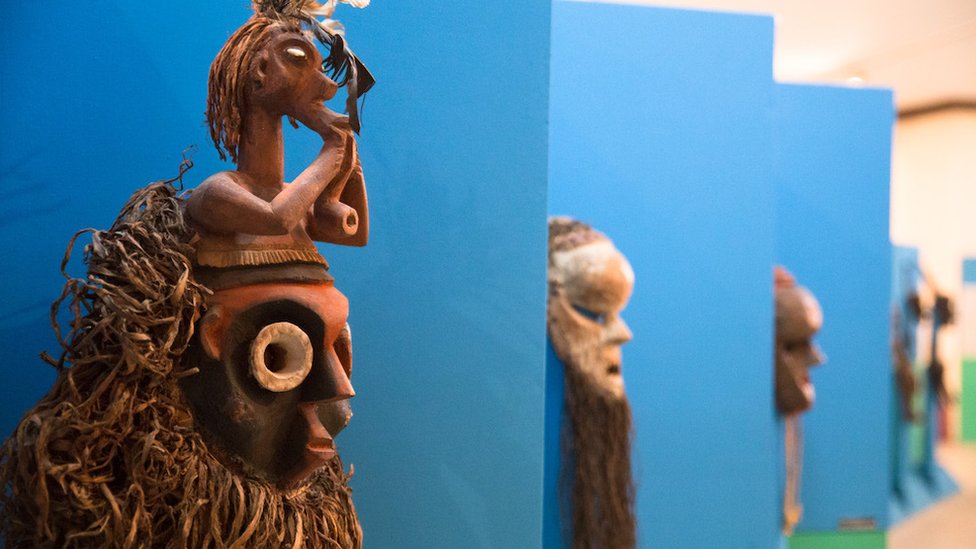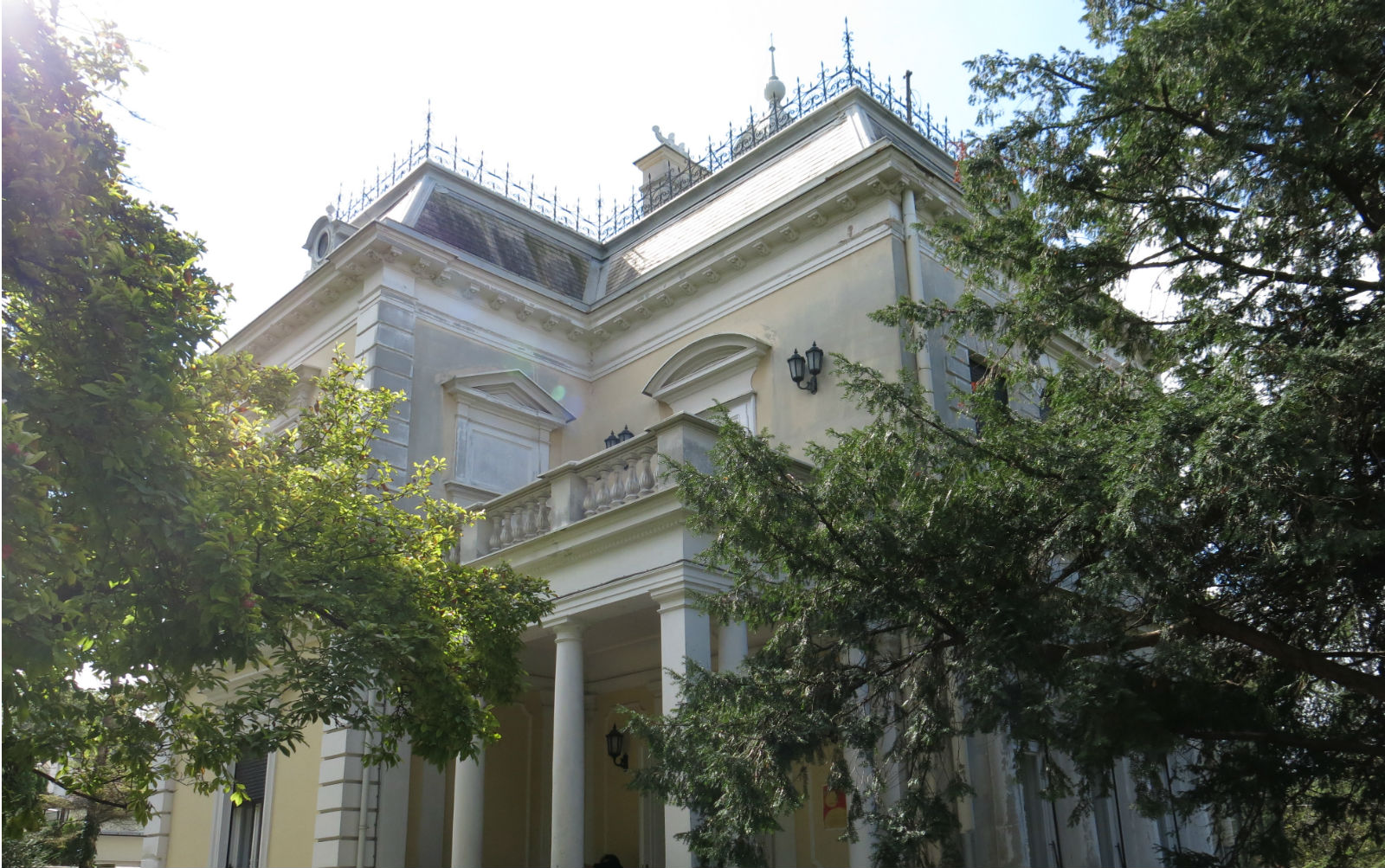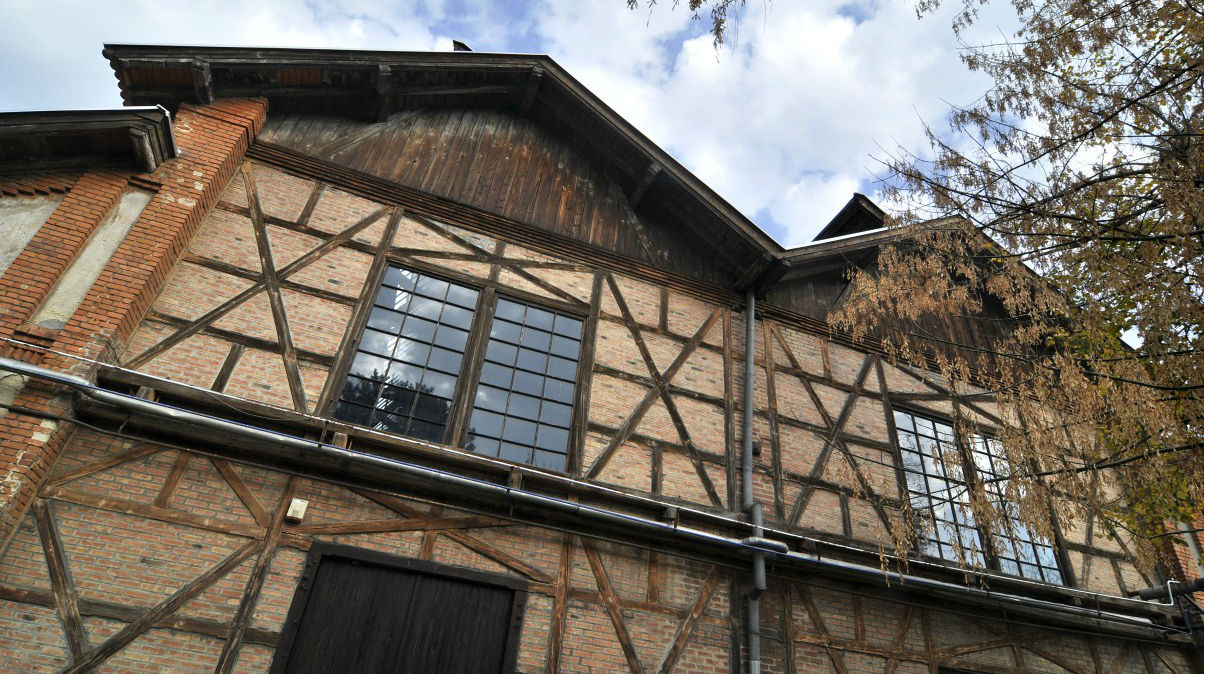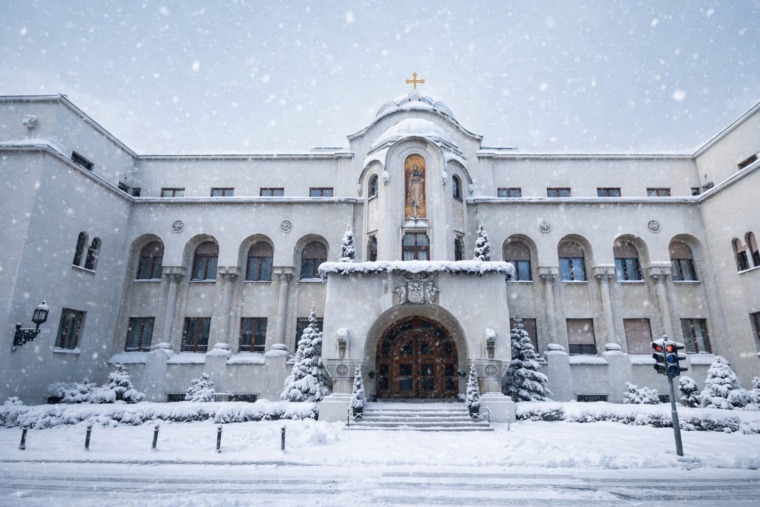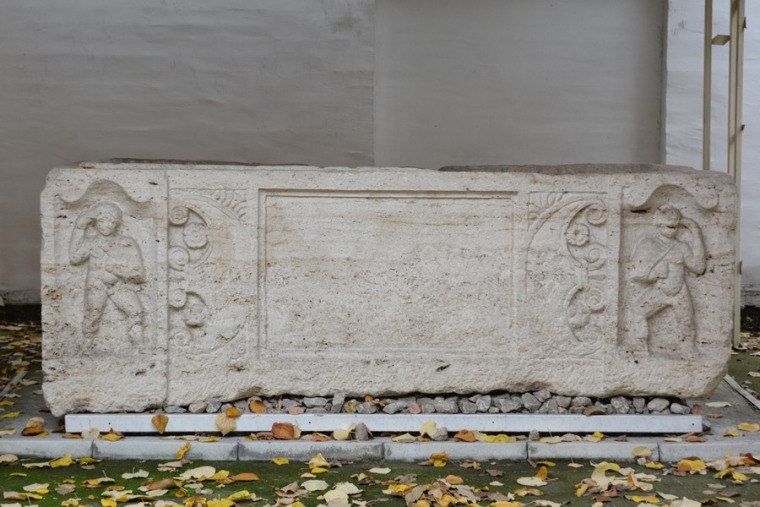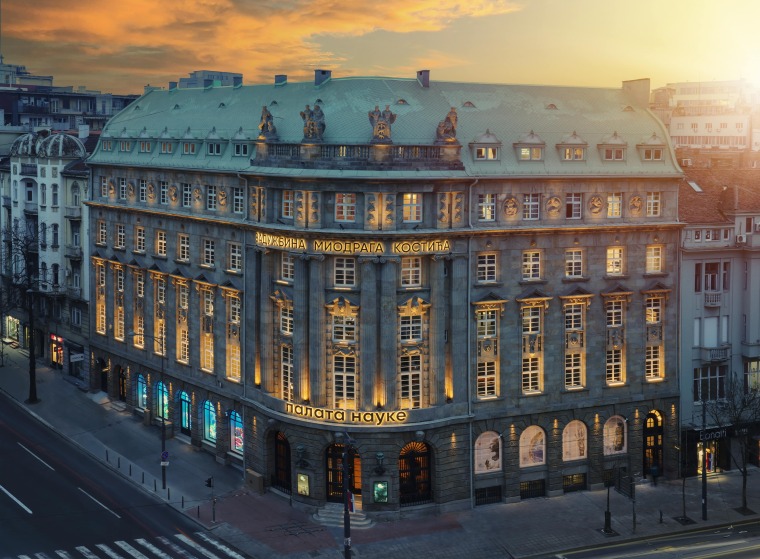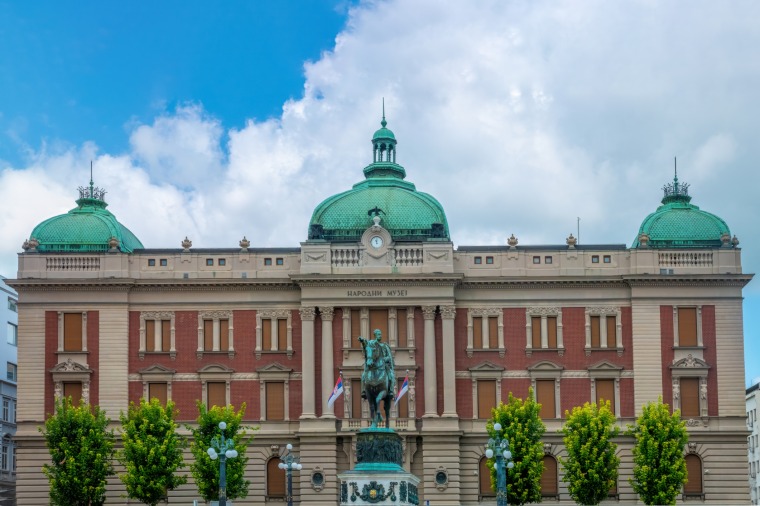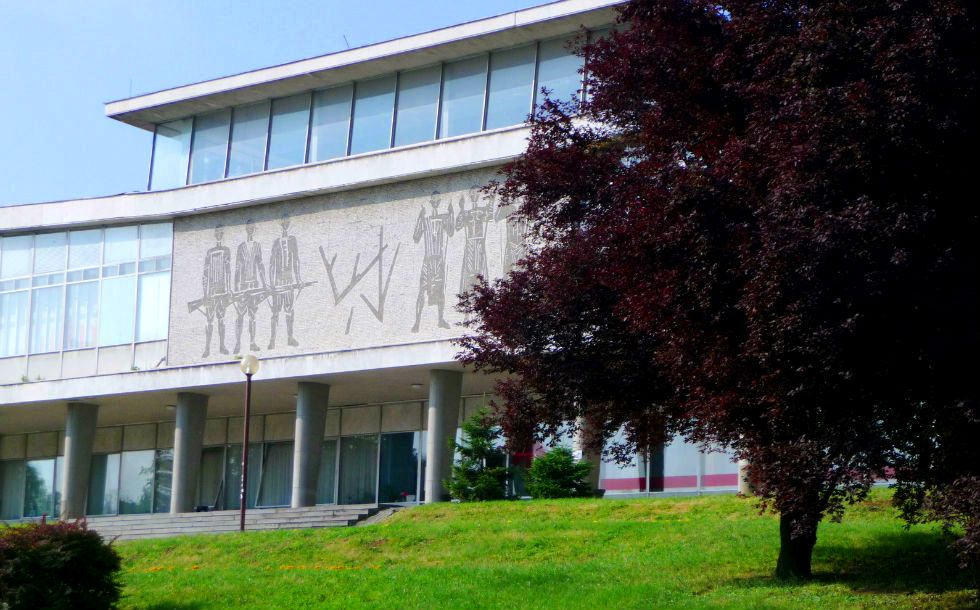Manak’s House treasures exceptionally valuable ethnographic memorial collection of Hristifor Crnilović.
This house of irregular shape is a venue of the Ethnographic Museum and an example of old urban architecture in the Balkans. Today exhibitions and workshops for learning old trades are being organized here.
Manak’s House originates from the year of 1830 and there are numerous stories about its origin. According to one of such stories, the house was built as a harem of the Turkish aga who left Serbia after the arrival of Prince Miloš Obrenović. For some time the house served as the post office, and later it was bought by Manojlo Manak who opened a bakery and a kafana (traditional tavern) at the ground floor and the first floor he used for living quarters.
Nevertheless, the house was named after Manojlo’s cousin from Macedonia and his inheritor, Manak Manojlović. Its irregular shape was conditioned by the shape of the parcel in Savamala, on the old road that connected this settlement with Varoš kapija (today’s Kraljevića Marka Street, no. 10).

Hristifor Crnilović – explorer, painter and collector
Hristifor Crnilović (1886-1963) who in his birthplace of Vlasotince was called Kica, originates from a family which sent children to school which was unusual at the time. He finished the then famous art school of Rista and Beta Vukanović in Belgrade and then he went to academy in Munich.
Most of the items from the collection he collected between the two world wars, while working as a teacher in Skopje.
At the beginning of each summer break he would buy a horse and he would visit villages in Macedonia and Southern Serbia. With great passion he collected different items that testify on customs and people living in the late 19th and at the beginning of the 20th century. In addition to these activities, his entire life he painted and his favorite motifs were acts and landscapes.
He was the professor of the famous painter Predrag Pedja Milosavljević. There is an anecdote about these two painters. According to this anecdote Hristifor asked his students to draw a circle by hand. Pedja’s circle seemed so perfect that it seemed as it was made with a compass. Thinking that Pedja was cheating, Kica slapped him. After he realized that he was wrong, he started teaching this young man who was about to become a famous painter.
Manak’s House represents a true jewel of old Balkan architecture built of brick with wooden construction visible on the façade. The house has a basement made of stone, ground floor and first floor.
Since 1968 the permanent exhibition of the collection of Hristifor Crnilović entitled “Folk costumes of Central Balkan region from the 19th century and first decades of the 20th century” is set on the first floor of the House. The collection consists of 2,600 items of exceptional cultural value, 1,617 negatives-plates of items from this collection and items recorded during the field work, around 23,000 pages of manuscripts and over 700 historic and ethnographic books.
Traditional folk costumes and jewelry are the most significant part of the collection. Costumes, both rural and urban, mostly originate from the region of Southern Serbia, Kosovo, Metohia and Macedonia. Most items belonged to Serbian and Macedonian citizens.
Further the collection includes vases, textile, towels, Pirot kilims and other household items. Jewelry in the collection is exceptionally valuable, especially pieces of head jewelry like diadems, “počelica”, “tepeluk”, needles, earrings, hairpins and underchins. One of the most significant items is the “Earring from the 14th century”.

Another significant part of the collection includes the very parts of the house and household items: carved pieces of the urban interior architecture, kits for weaving, writing and smoking, musical instruments, vessels made of ceramic, faience, wood and metal. The collection also includes tools used for crafts such as terzija, kujundžija (filigree)…
The ground floor of Manak’s House is a gallery area for occasional exhibitions and similar events inspired by Serbian cultural tradition and traditional lifestyle.
Workshops for teaching some old traditional handcrafts are also set here in the ground part of the house. The programs are conceived as courses that include several months of theoretic lectures followed by practice. They are based on the programs of art academies. Visitors are mostly interested in weaving and pottery courses.
Manak’s House is open for visitors from Tuesday till Saturday from 10 am till 5 pm, and on Sundays from 9am till 1 pm, while it is closed on Mondays.
Foto1: Wikimedia Commons under the creativecommons.org/license 3.0 Unported
Related Articles
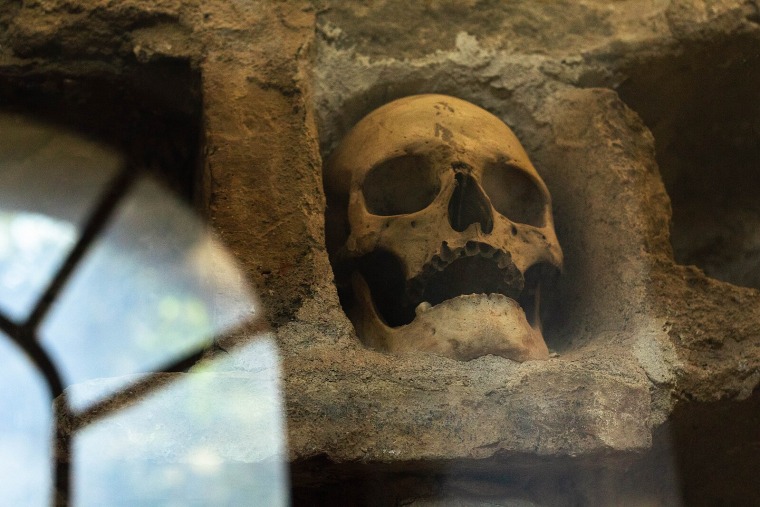
Inside Ćele Kula: The Largest Skull Tower in the World
February 28, 2025

